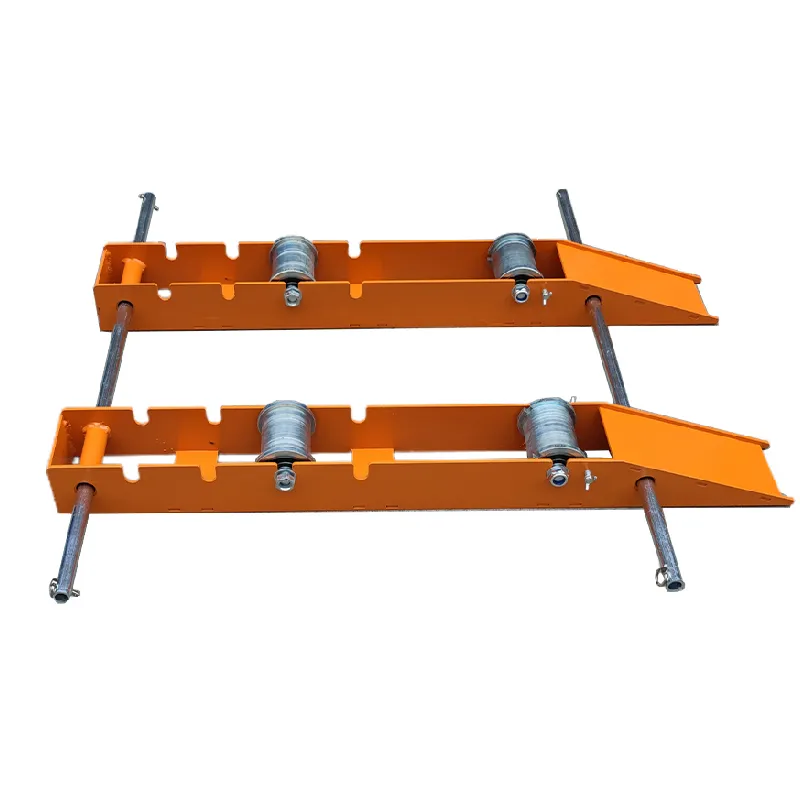
-
 Afrikaans
Afrikaans -
 Albanian
Albanian -
 Amharic
Amharic -
 Arabic
Arabic -
 Armenian
Armenian -
 Azerbaijani
Azerbaijani -
 Basque
Basque -
 Belarusian
Belarusian -
 Bengali
Bengali -
 Bosnian
Bosnian -
 Bulgarian
Bulgarian -
 Catalan
Catalan -
 Cebuano
Cebuano -
 Corsican
Corsican -
 Croatian
Croatian -
 Czech
Czech -
 Danish
Danish -
 Dutch
Dutch -
 English
English -
 Esperanto
Esperanto -
 Estonian
Estonian -
 Finnish
Finnish -
 French
French -
 Frisian
Frisian -
 Galician
Galician -
 Georgian
Georgian -
 German
German -
 Greek
Greek -
 Gujarati
Gujarati -
 Haitian Creole
Haitian Creole -
 hausa
hausa -
 hawaiian
hawaiian -
 Hebrew
Hebrew -
 Hindi
Hindi -
 Miao
Miao -
 Hungarian
Hungarian -
 Icelandic
Icelandic -
 igbo
igbo -
 Indonesian
Indonesian -
 irish
irish -
 Italian
Italian -
 Japanese
Japanese -
 Javanese
Javanese -
 Kannada
Kannada -
 kazakh
kazakh -
 Khmer
Khmer -
 Rwandese
Rwandese -
 Korean
Korean -
 Kurdish
Kurdish -
 Kyrgyz
Kyrgyz -
 Lao
Lao -
 Latin
Latin -
 Latvian
Latvian -
 Lithuanian
Lithuanian -
 Luxembourgish
Luxembourgish -
 Macedonian
Macedonian -
 Malgashi
Malgashi -
 Malay
Malay -
 Malayalam
Malayalam -
 Maltese
Maltese -
 Maori
Maori -
 Marathi
Marathi -
 Mongolian
Mongolian -
 Myanmar
Myanmar -
 Nepali
Nepali -
 Norwegian
Norwegian -
 Norwegian
Norwegian -
 Occitan
Occitan -
 Pashto
Pashto -
 Persian
Persian -
 Polish
Polish -
 Portuguese
Portuguese -
 Punjabi
Punjabi -
 Romanian
Romanian -
 Russian
Russian -
 Samoan
Samoan -
 Scottish Gaelic
Scottish Gaelic -
 Serbian
Serbian -
 Sesotho
Sesotho -
 Shona
Shona -
 Sindhi
Sindhi -
 Sinhala
Sinhala -
 Slovak
Slovak -
 Slovenian
Slovenian -
 Somali
Somali -
 Spanish
Spanish -
 Sundanese
Sundanese -
 Swahili
Swahili -
 Swedish
Swedish -
 Tagalog
Tagalog -
 Tajik
Tajik -
 Tamil
Tamil -
 Tatar
Tatar -
 Telugu
Telugu -
 Thai
Thai -
 Turkish
Turkish -
 Turkmen
Turkmen -
 Ukrainian
Ukrainian -
 Urdu
Urdu -
 Uighur
Uighur -
 Uzbek
Uzbek -
 Vietnamese
Vietnamese -
 Welsh
Welsh -
 Bantu
Bantu -
 Yiddish
Yiddish -
 Yoruba
Yoruba -
 Zulu
Zulu


Nov . 15, 2024 02:11 Back to list
pressure hose crimping tool
Understanding Pressure Hose Crimping Tools A Vital Component of Hydraulic Systems
In the world of hydraulic systems, the importance of proper connections cannot be overstated. One of the most critical tools for ensuring the integrity of these connections is the pressure hose crimping tool. This specialized equipment is designed to create secure fittings between hoses and connectors, preventing leaks and ensuring the efficient transmission of hydraulic fluids.
Pressure hose crimping tools are essential in various industries, including automotive, construction, and manufacturing. They are used to assemble hoses that transport high-pressure fluids, making them integral to the operation of machinery and equipment. The crimping process involves compressing a metal ferrule around the hose and connector, creating a firm grip that seals the connection.
There are several types of crimping tools available, including manual, hydraulic, and electric models. Manual crimpers are often used for smaller, less demanding applications, providing an economical solution for quick repairs. On the other hand, hydraulic and electric crimping tools offer higher strength and precision, suitable for heavy-duty applications where reliability is paramount. These tools can handle various hose sizes and materials, making them versatile for different tasks.
pressure hose crimping tool

When using a pressure hose crimping tool, it is crucial to follow specific guidelines to ensure safety and effectiveness. First, operators must select the appropriate crimping die and pressure settings based on the hose and fitting specifications. Incorrect settings can lead to inadequate crimping, resulting in potential leaks or failures under pressure. Regular maintenance of the crimping tools is also essential, as worn-out parts can compromise the crimp quality.
In addition to functionality, the choice of materials used in both hoses and fittings plays a significant role in overall performance. High-quality hoses, rated for the necessary pressure and temperature, paired with the right fittings, contribute to a durable and efficient hydraulic system. Organizations should invest in quality pressure hoses and connectors to ensure the longevity and reliability of their equipment.
Moreover, the increasing trend towards automation in manufacturing is influencing the design of crimping tools. Advanced features such as digital displays and automated crimping cycles are making it easier for operators to achieve precise results consistently. As technology evolves, operators can expect more user-friendly designs that enhance productivity and safety.
In conclusion, pressure hose crimping tools are indispensable for anyone involved in hydraulic systems. By ensuring secure and leak-proof connections, they play a vital role in the functionality and safety of machinery across various industries. Understanding how to choose, use, and maintain these tools can lead to improved performance and reduced downtime, ultimately contributing to a more efficient operation. Whether you are a seasoned professional or a novice, mastering the use of crimping tools is a critical step toward success in the hydraulic field.
Latest news
duct-rodders-and-conduit-rod-tools
NewsAug.22,2025
ratchet-pullers-and-wire-tightening-tools
NewsAug.22,2025
chain-ratchet-pullers-and-hoist-solutions
NewsAug.22,2025
telescopic-hot-stick-for-electrical-and-high-voltage-use
NewsAug.22,2025
cable-clamp-and-insulated-cable-clamp-systems
NewsAug.22,2025
duct-rodder-conduit-rodder-and-cable-solutions
NewsAug.22,2025








